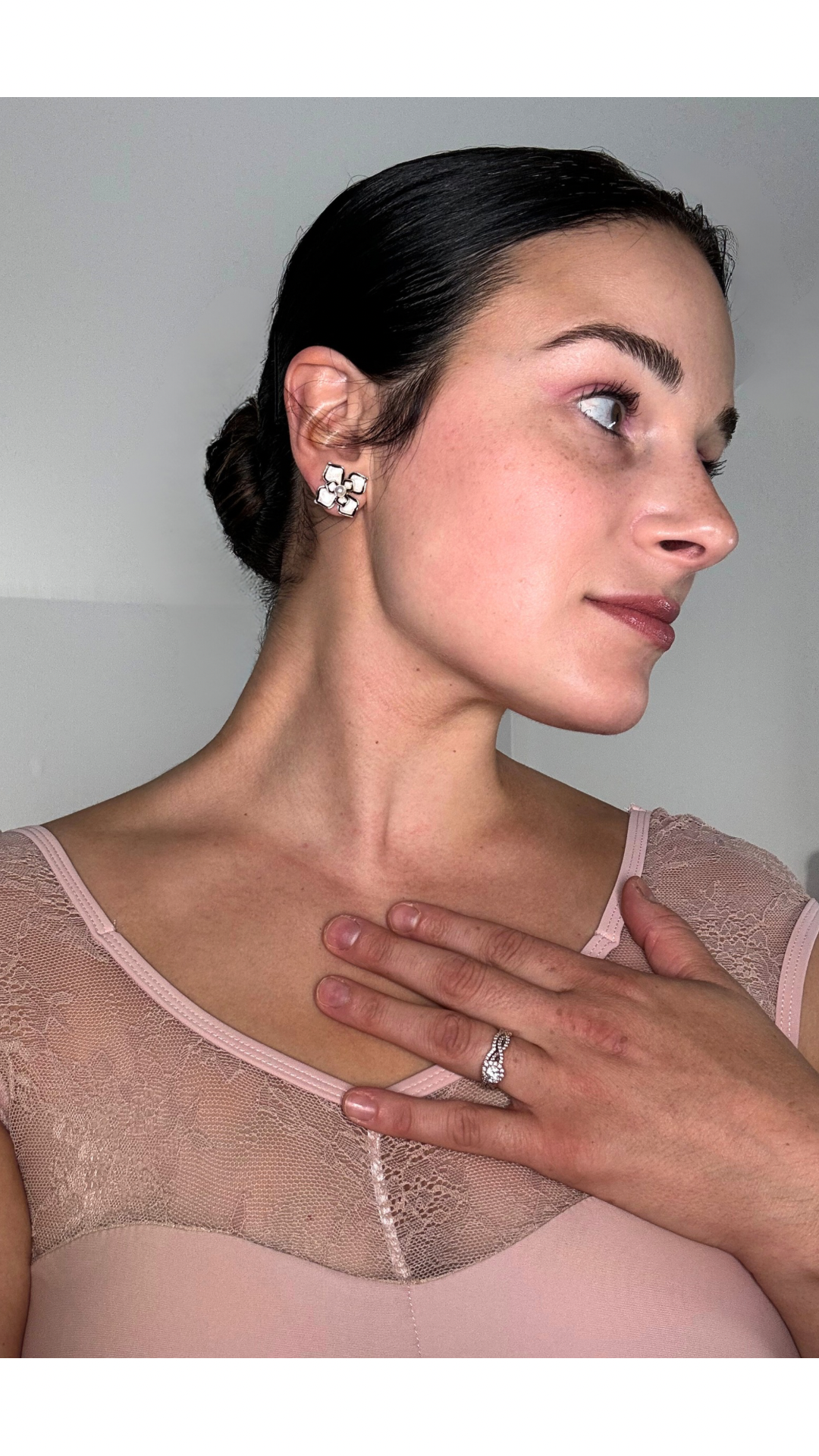"Dancers, engage your core!"
- Veronica K

- Nov 29, 2022
- 3 min read
When I was in training as a dancer, I was often corrected for having an arched back or not using my core properly. In attempts to fix my arch, I often would flatten my spine and would have difficulty dancing. I did not understand their was a difference between neutral spine, flat back (posterior pelvic tilt), and arched back (anterior pelvic tilt) until I worked with a physical therapist for my back injury.
The first thing that is important to understand is that every dancer has natural curves of their spine. It starts at the top with the cervical spine (the neck), this curve is naturally lordotic or arched. The thoracic spine (mid back), naturally holds a kyphotic or rounded curve. Then lastly, the lumbar spine has a lordotic curve just like the cervical spine. These natural curves serve to protect the vertebrae from degeneration and injury. When a dancer holds these curves throughout technique, they are less likely to experience back pain and more likely to have good use of shock absorption during jumps and leaps.

The pelvis is the next piece of anatomy that is important to talk about for dancers. The pelvis can change the position of the spine by being in either an anterior pelvic tilt, neutral position, or posterior pelvic tilt. See the below diagram to study the different positions of the pelvis.

With an anterior pelvis tilt, it is noticeable that these dancers splay their ribcage, may have shoulder retraction, will be able to force turnout further in an unhealthy way, but, have balance dysfunction.
Posterior pelvic tilt (flat back), will have a collapsed chest look during class, trouble fully engaging knees to be straight, trouble accessing turnout, trouble engaging diaphragm for proper use of breath, low back pain and balance dysfunction.
A neutral spine is the ideal position for a dancer to practice. Neutral spine allows a dancer to access their functional natural turnout, protects the spine, keeps the ribs, shoulders, and neck in alignment and creates an overall safer dance body.
Even if you practice neutral spine in ballet class, watch yourself in every day life. If you tend to slump into a posterior tilt or arch to anterior, you may have trouble sustaining your technique corrections in class.
Here's your plan to fixing this postural error...
Go to the injury prevention portal in the Veronica K Platform and watch the "Neutral spine & understanding your pelvis to protect your back," video.
Once you have mastered those exercises then, start working in the posture and core course.
My posture and core course will not simply tell you to do abdominal exercises with no "how to" transfer them to ballet class. This is the biggest void I have found with many cross-training dance programs I personally used. A lot of times it's not even that the dancer is lacking abdominal exercises, it is more of a low core weakness problem.
My course shows you not only how to strengthen your core, improve your posture, and correct errors but, it will show you how to activate these muscles during ballet class.
So, if you're ready to start working toward a stronger core, better posture, maybe even learning how to access your turnout better, it's time to join!
Click here to see our convenient and affordable membership options!
Christmas sale starts December 18-26th, $50 off year memberships.



Comments